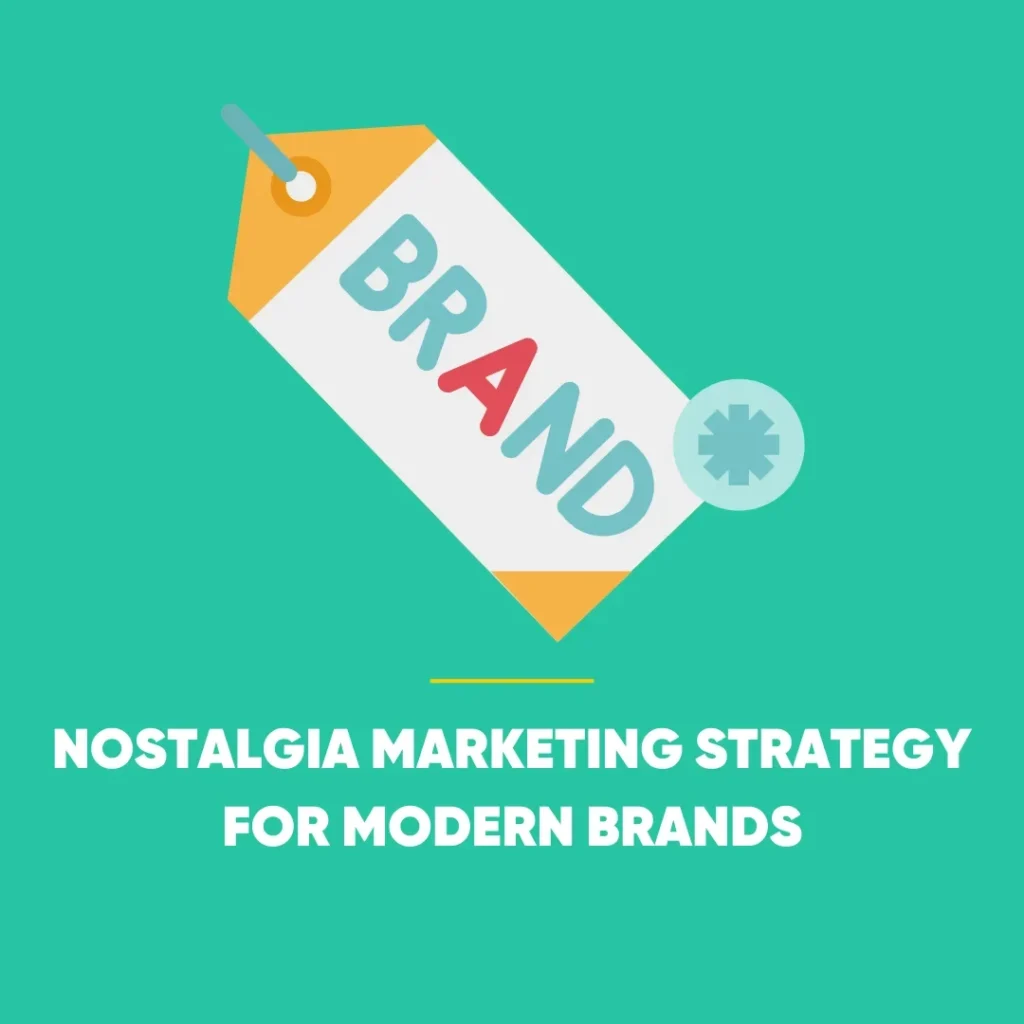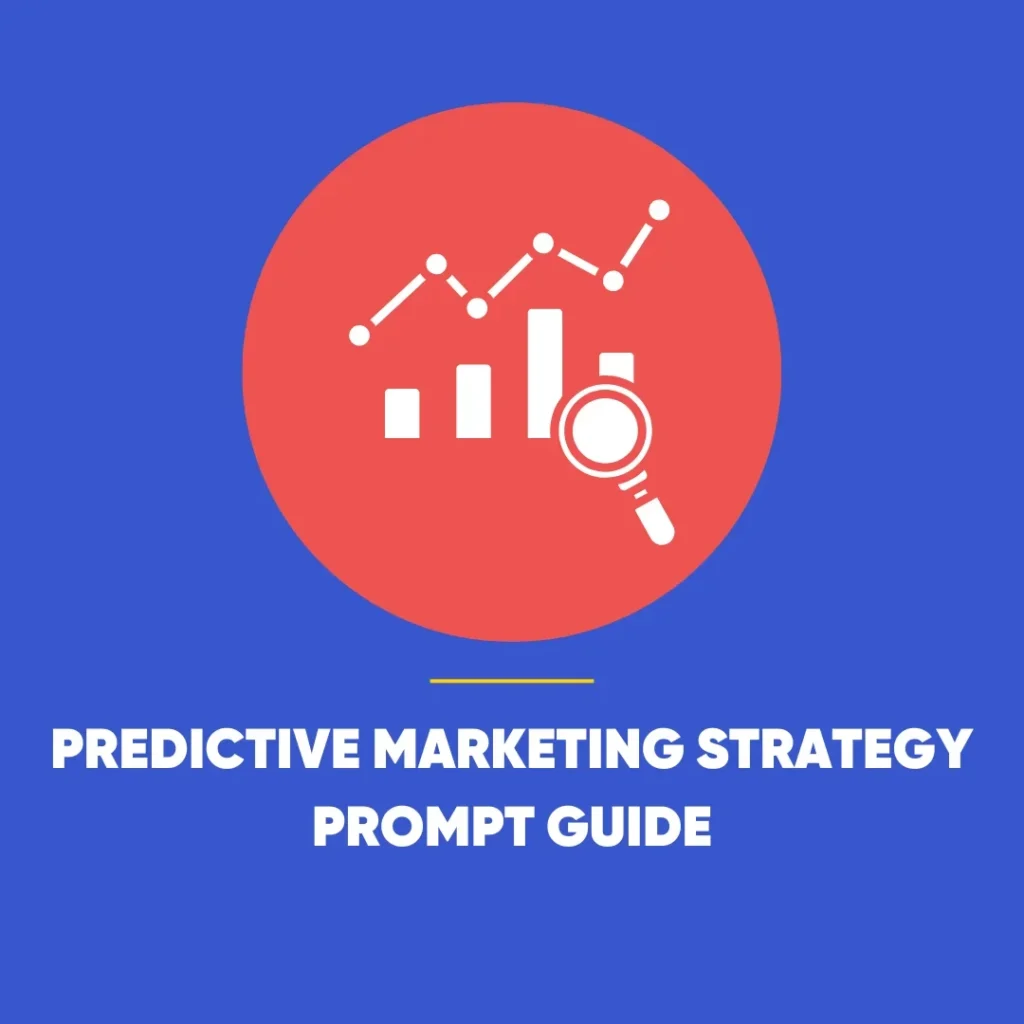Boost Conversion Rate: Decrease Bounce Rate
Boost conversion rate to reduce bounce rate, which shows how many visitors leave without taking further action. While some might define it simply as users leaving without engaging, Google Analytics takes a broader approach, considering it the percentage of users who don’t interact with a page. Whether a visitor leaves without clicking a link, watching a video, or signing up, a high bounce rate can signify underlying issues with your site.
Reducing your bounce rate isn’t just about getting people to stay on your site for longer—it’s about increasing user engagement and, ultimately, conversions. This article provides practical strategies you can implement today to reduce your bounce rate and boost your conversion rates.
Key Concepts: Understanding Bounce Rate
In basic terms, the bounce rate is the percentage of visitors who leave your website without completing an interaction. For many, this might be as simple as clicking back to the search results, while for others, it could be exiting after a brief scroll. Google Analytics classifies a visitor as “engaged” if they stay on the site for more than 10 seconds, view at least two pages, or complete a conversion action.
A high bounce rate can signal issues with content or user experience. It also shows a missed chance to convert visitors. By focusing on strategies that improve user experience and conversion rates, you can naturally lower your bounce rate.
The Relationship Between Bounce Rate and Conversions
When it comes to improving website performance, decreasing your bounce rate goes hand-in-hand with increasing conversions. Conversions are actions that lead a visitor towards becoming a customer or user, such as making a purchase, signing up for a newsletter, or downloading a resource. The more conversions you have, the lower your bounce rate will be, since users are taking meaningful actions rather than leaving prematurely.
The bounce rate isn’t an isolated metric. It’s closely tied to how well your site keeps users engaged and prompts action. Therefore, increasing conversions is the most straightforward way to reduce bounce rates.
Strategies to Lower Bounce Rate and Increase Conversions
Improve Site Readability and User Experience (UX)
A poorly designed website can drive visitors away almost instantly. Poor readability and bad user experience (UX) are significant factors in high bounce rates. When visitors land on your website and are greeted by walls of text or cluttered design, they are far more likely to leave.
Research suggests that users favour simple, well-organised layouts that are easy to navigate. Key practices include breaking up long blocks of text, using bullet points, and incorporating images and subheadings to guide readers through the content. It’s essential to create a visually appealing and structured site that invites users to engage.
For example, using short paragraphs, bolding key phrases, and making use of white space can drastically improve readability. This applies not only to blog content but also product pages, landing pages, and even contact forms. Ensuring a clean, simple design will make it easier for users to find what they are looking for and reduce their likelihood of leaving without engaging.
Eliminate Intrusive Pop-Ups and Interstitials
Pop-ups and intrusive ads can have a detrimental impact on user experience. Full-screen ads or subscription requests can hinder user engagement. To boost conversion rate, avoid bombarding visitors as they land on your site.
In fact, in a survey of online users, intrusive ads ranked as one of the top reasons for leaving a site. Instead of bombarding users with full-screen interstitials, consider using more subtle alternatives like slide-in banners or small notifications. Chatbots are another great option—they offer users the chance to engage without being overwhelming.
Remove unnecessary distractions to create a smoother, more enjoyable experience. This helps keep users on your site longer and increases conversion chances.
Craft Compelling Calls to Action (CTAs)
A strong call to action (CTA) is crucial for encouraging user engagement and driving conversions. However, not all CTAs are created equal. To make your CTA effective, you must focus on several factors.
First, use actionable language that prompts the user to take immediate action. Phrases like “Download Now” or “Start Your Free Trial” work well. Secondly, ensure that your CTA communicates value—what benefit will the user get from clicking?
The placement and design of your CTA are equally important. Ensure it is placed prominently on the page, preferably above the fold where users can see it immediately. Use contrasting colours and surround it with white space to make it stand out.
Finally, CTAs should be aligned with the user’s journey. If they are not ready to make a purchase, offering a free trial, demo, or resource download can still keep them engaged.
Regularly Update Your Content
Stale, outdated content can lead to higher bounce rates as users struggle to find the information they need. To boost conversion rate, it’s essential to maintain up-to-date content that aligns with current trends and answers relevant user queries.
One effective method for refreshing content is to regularly audit your existing pages, updating them with new data, relevant examples, and better internal links. A simple workflow might involve reviewing a handful of articles each month to ensure that they remain relevant.
Incorporating new images, statistics, and links will also help keep your content fresh and engaging. Moreover, make sure your most important information is easy to find, as many users want to see what they’re looking for within the first few sentences.
Speed Up Your Website’s Load Times
Page load time is one of the biggest contributors to a high bounce rate. A slow-loading site frustrates users, causing them to leave before your content even has a chance to load. According to studies, users expect a page to load within three seconds; anything beyond this is likely to result in a significant drop in engagement.
There are several ways to optimise your site’s load times:
- Minimise HTTP requests: Reducing the number of elements on a page will decrease the amount of time it takes to load.
- Use a Content Delivery Network (CDN): This distributes your site’s static files across servers worldwide, ensuring quicker load times for users.
- Optimise images: Large image files can slow down a page. Compress them to reduce their size without compromising quality.
- Simplify page design: Clean, responsive designs not only look good but load faster too.
By optimising your site speed, you can drastically reduce bounce rates and improve user satisfaction.
Enhance E-E-A-T (Experience, Expertise, Authoritativeness, Trustworthiness)
Building trust with your audience is crucial to boost conversion rate, lower bounce rates, and increase overall conversions. Users are more likely to stay on a site that they trust and feel confident in. One way to establish this trust is by focusing on your site’s Experience, Expertise, Authoritativeness, and Trustworthiness (E-E-A-T) metrics.
To enhance these metrics:
- Showcase experience: Include real-life examples or case studies that demonstrate your industry knowledge.
- Leverage expertise: Hire or feature expert writers with credentials to boost your site’s authority.
- Authoritativeness: Publish high-quality, well-researched content that is relevant to your audience’s needs.
- Trustworthiness: Secure your site with HTTPS, and highlight your company’s achievements or certifications.
A website that demonstrates these qualities will not only retain users but will also encourage them to convert.
Build an Internal Linking Strategy
Internal linking is an often-overlooked strategy that can significantly boost conversion rate and impact bounce rates. Linking related content encourages users to explore more pages. This approach keeps them engaged and on your site longer.
Good internal linking creates a natural flow from one piece of content to another, guiding users through the information they’re interested in. This doesn’t just improve the user experience—it also improves SEO by distributing authority across pages.
Be cautious, however, not to overdo internal linking. Focus on adding links where they are genuinely helpful and contribute to the reader’s understanding of the topic.
Make Your Website Mobile-Friendly
With the majority of internet traffic now coming from mobile devices, it’s more important than ever to ensure your site is mobile-friendly. A site that looks great on a desktop but is difficult to navigate on a phone will have a high mobile bounce rate.
Mobile-responsive design is essential for improving user experience across all devices. Make sure your layout adjusts seamlessly to different screen sizes, and avoid using elements that could slow down mobile load times.
Tools like Google’s Mobile-Friendly Test can help you identify any potential issues on your mobile site and offer recommendations for improvement.
Conclusion: Focus on Conversion Optimisation
While bounce rates offer valuable insights, the real focus should be on how to boost conversion rate. By implementing the strategies outlined in this article, you can create a more engaging website that not only retains visitors but also converts them into loyal customers.









